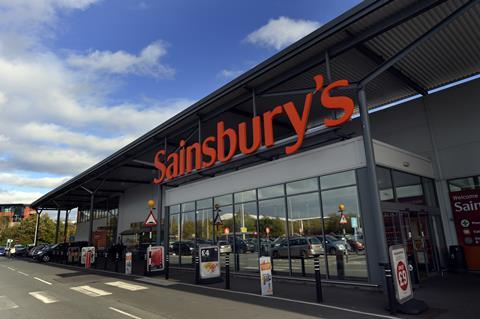Supermarket ups its targets and asks suppliers to play their part

Sainsbury’s has announced ambitious new SBTi-backed targets for decreasing its greenhouse gas (GHG) emissions.
The retailer, which set SBTi-validated targets back in 2020, previously committed to reducing its absolute scope 1 and 2 emissions by 50 per cent by 2030, but has now pledged a 68 per cent reduction within the same time frame.
Sainsbury’s scope 3 (supply chain) emission reduction target of 30 per cent by 2030 has now been turned into two separate commitments. Its operational target, which includes areas such as transport, energy use and manufacturing sites, has been increased to 50.4 per cent.
Then, following new requirements outlined by the SBTi, Sainsbury’s now has validated targets which focus on scope 3 GHG emissions that come from forests, land and agriculture (FLAG). The retailer has pledged to reduce its FLAG emissions by 36.4 per cent by 2030.
Sainsbury’s new targets are part of its work towards becoming net zero in its own operations by 2035, and in its value chain by 2050, in line with its commitment to the Paris Agreement of limiting global warming by 1.5°C.
Call to suppliers
Sainsbury’s said that, along with other signatories of the WWF Retailer Commitment for Nature, it has asked its suppliers that are responsible for a high proportion of its scope 3 emissions to get approved science-based targets by the end of 2025.
The retailer has also continued to work collaboratively with WRAP and other signatories to identify the biggest opportunities for collective action on emission reduction.
Ruth Cranston, director of corporate responsibility and sustainability at Sainsbury’s, said: “Getting our updated targets validated by the SBTi is an important step forward. The effects of climate change are already very real so it’s vital that we act now to reduce emissions and protect and restore nature to help us build a resilient future for all. Our ambition to achieve net zero by 2050 will require transformation across our whole business, supply chains, as well as how we help our customers to make more informed choices. We can’t do this alone, so collaboration as an industry will be critical to drive the required change.”



